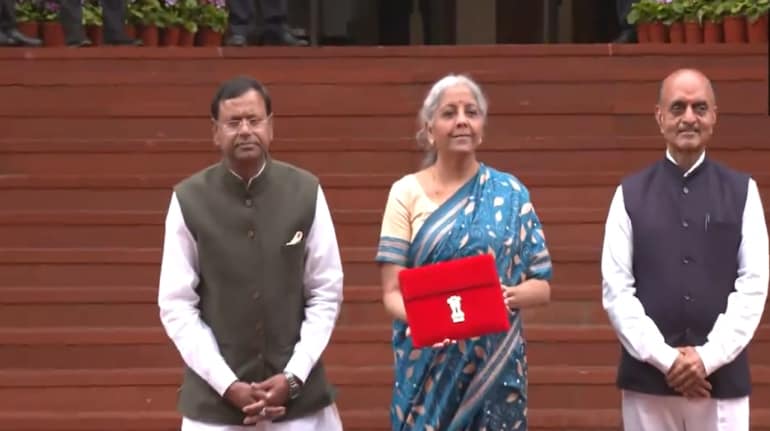
The swift rebound in economic indicators since the second half of May resonates with the expectation that the impact of the second wave on economic activities will be limited amid visible signs of “economic rejuvenation", the finance ministry said on Tuesday.
“The swift rebound in economic indicators and the muted impact of the second wave is corroborated by upward revision of RBI (Reserve Bank of India) estimates for real GDP (gross domestic product) growth in Q1: 2021-22 to 21.4% from its June estimation of 18.5%. The robust recovery in tax collections cushions the fisc towards meeting the budgeted support to the economy," the ministry’s monthly economic review for July said.
The finance ministry said the movement of high-frequency indicators in July clearly points towards a broad-based economic revival. PMI manufacturing sharply rebounded to expansionary zone in July, emerging from the previous month’s contraction. Goods and services tax (GST) collection also reclaimed its ₹1 trillion plus territory in July, signifying increased business and consumer activity. Rail freight in July hit a record 18.3% growth. The surge in economic activity in July was further corroborated by trends in Kharif sowing, fertilizer sales, power consumption, vehicle registrations, highway toll collections, e-way bills, and digital transactions. Latest available data on growth of eight core industries, auto sales, tractor sales, port traffic, air passenger traffic also indicate sequential improvement from the contraction induced by the second wave.
Bright prospects of economic normalization are also evident in the external sector indicators with consumption of petroleum products recovering in June and exports rebounding strongly to their highest ever monthly achievement at $35.2 billion in July, the ministry said.
The finance ministry said though inflation has remained above the central bank’s upper limit of 6%, these pressures are likely to smoothen out over the coming months with the easing of restrictions, progress of South-West monsoon, and recent supply-side policy interventions in pulses and oilseeds market.
“While systemic liquidity continued to remain in surplus in July, a decline in growth of cash in circulation reflected a shift away from the pandemic-induced precautionary savings," the report said.
The report said the recent sero-prevalence results signify that India can soon limit hospitalizations and deaths due to covid infections if the momentum of the vaccination programme is sustained. “Having antibodies reduces the probability of acquiring serious illnesses, as is borne by studies. So, any subsequent waves are expected to be mild in their impact on hospitalizations and deaths. At this juncture, the economy and society are at a crucial inflection point where sustenance of economic recovery, vaccination progress and covid-19 appropriate behavioural strategies are needed in close synergy with each other," it added.
As on date, India has administered 514.5 million first doses, covering 49.8% of the adult population. The latest sero-survey results by the Indian Council of Medical Research indicate that 67.6% of the population above 6 years had antibodies, while 81% and 89% of individuals who have received one and two vaccine doses, respectively, have antibodies. Even among those who have not been vaccinated, sero-prevalence is 62.3%. “As recent research demonstrates clearly, these trends in immunity lend a ray of hope in reducing severe illness due to covid-19," the ministry said.
Never miss a story! Stay connected and informed with Mint. Download our App Now!!
‘Wave 2 impact muted amid signs of economic recovery’ - Mint
Read More

No comments:
Post a Comment